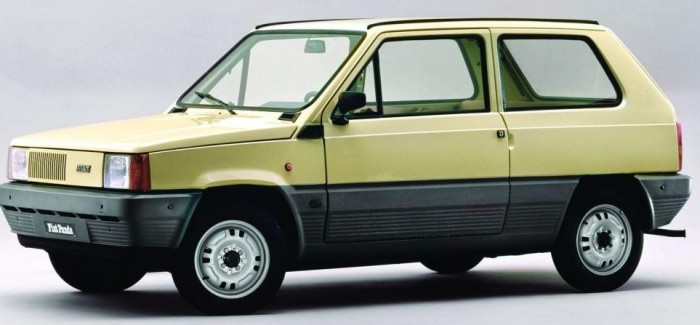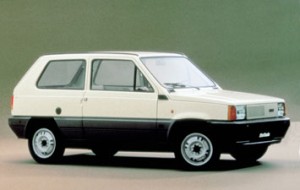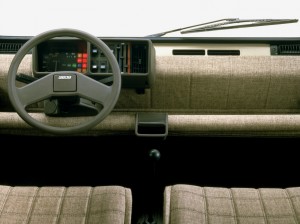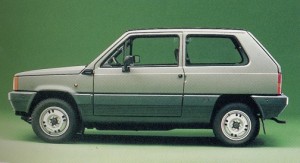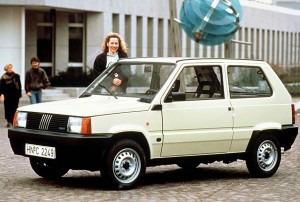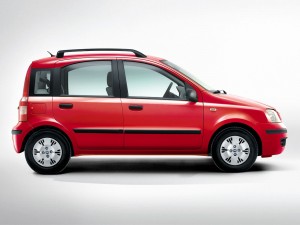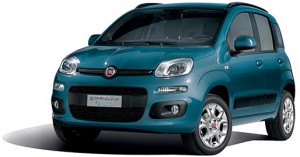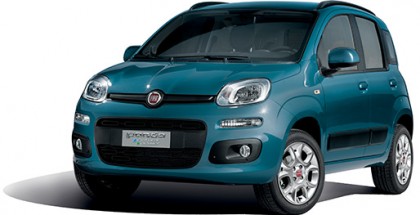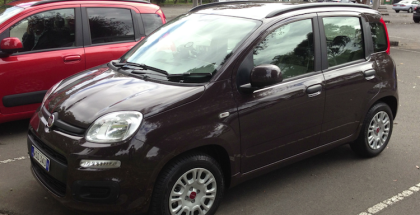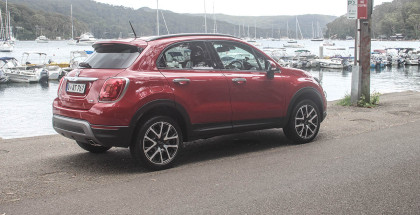Fiat Panda 101
With the news that the cute Fiat Panda is finally making its way to Australia we thought it was a good time to introduce you to the little car and tell you a bit about its history – a Panda Primer if you will.
Well it all started back in 1980 with the first Panda (type 141) which was conceived as basic, cheap transport that wore it’s utilitarianism proudly. The legendary Giorgetto Giugiaro (Alfa 105 Coupe, Volkswagen Golf, BMW M1, Delorean) was drafted to design the car and he came up with a classically square edged two-box design.
On the mechanical side the utilitarian theme was carried on with a very basic suspension set up with, shock-horror, leaf springs at the rear. Engines came from other contemporary Fiats namely the 127 and 126.
This little car was a bold move for Fiat, and an admirable one. At the time of launch small cars were getting steadily more sophisticated and complex. Fiat’s aim was to strip away some of the frills and extras and create something basic and very functional. For me the things that exemplifiy this approach are the removable and washable seat covers, dashboard cover and even door trims – brilliant!
Another interesting engineering solution was the emplyment of completely flat glass for all the windows. This made the manufacturing easier and therefore the car became cheaper to produce.
In 1983 a 4×4 version of the Panda was introduced, adding to its already impressive sense of utility. Now as well as being a rough, tough urban vehicle the Panda could now venture off the beaten track and conquer the countryside. Austrian company Steyr-Puch built the drivetrain and it became the world’s first small transverse engined 4×4 vehicle.
But just as all other small cars eventually grow up and move away from their humble beginnings, so too did the Panda. In 1986 the car received a major facelift which resulted in more comfort and mechanical sophistication. This included upgraded rear suspension – gone were the leaf springs – and a more up to date range of four cylinder engines.
Another, less drastic, facelift was carried out in 1991 and the little Panda soldiered on until production ceased in 2003. So, with a lifespan of some 23 years the original Panda was a great success for Fiat. Sure it never captured the imagination as a peoples car quite like the Mini, Beetle or even the original Fiat 500 but it did have a loyal following and there were many who lamented the demise of a truly basic form of transport.
The next generation Panda came along in 2003, and although it shared its predecessors upright stance there wasn’t a strong engineering or conceptual link to the original car. Gone were the utilitarian features and no frills approach.
The new Panda was still a success, customers were drawn to its mini MPV styling and practicality. Four wheel drive versions were again offered, filling a gap in the market for a small, go anywhere vehicle.
That brings us right up to date with the third generation Panda that was launched in 2011 and comes to Australia this month. Find out more here.

